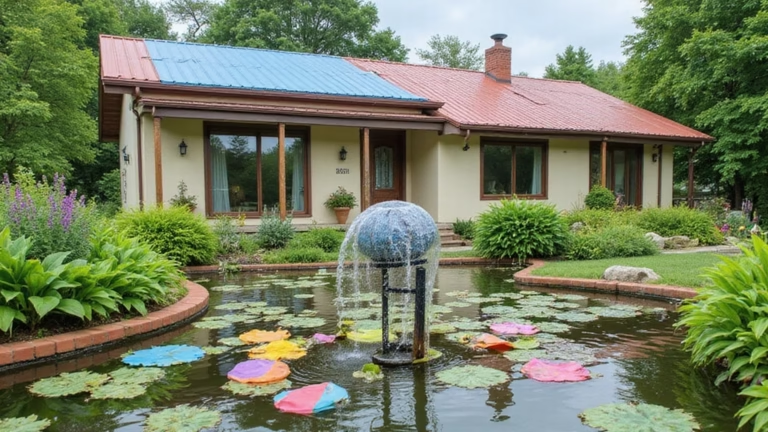As we inch closer to 2025, the demand for sustainable outdoor living solutions is higher than ever. Homeowners are increasingly looking for eco-friendly decking options that not only complement their outdoor aesthetics but also contribute to a healthier planet. This article explores two popular materials—composite and bamboo—highlighting their unique benefits, design possibilities, and sustainability aspects. Join us on this journey to discover the perfect decking for your eco-conscious home!
Imagine a serene outdoor space, adorned with beautiful decking made from natural materials, surrounded by lush greenery and vibrant flowers, inviting you to relax and unwind. Visualize warm sunlight filtering through trees, creating a perfect ambiance for gatherings with friends and family. Our exploration of eco-friendly decking will inspire you to transform your outdoor living area into a sustainable paradise.
1. Composite Decking: The Durable Choice

Composite decking is a blend of wood fibers and recycled plastic, offering a durable and low-maintenance option for outdoor spaces. Unlike traditional wood, composite does not splinter or warp, making it ideal for families with children and pets. Additionally, its resistance to moisture and insects means it can withstand the elements without the need for constant upkeep.
The aesthetic appeal of composite decking is another significant advantage. Available in a variety of colors and finishes, homeowners can easily find a design that complements their outdoor decor. Moreover, many composite brands have started using recycled materials, further enhancing their sustainability credentials. As you envision your ideal outdoor living area, consider how composite decking could provide both style and longevity.
To elevate your outdoor experience, accessorize with comfortable seating, vibrant cushions, and decorative planters that echo the colors of your composite decking.
2. Bamboo Decking: Nature’s Aesthetic
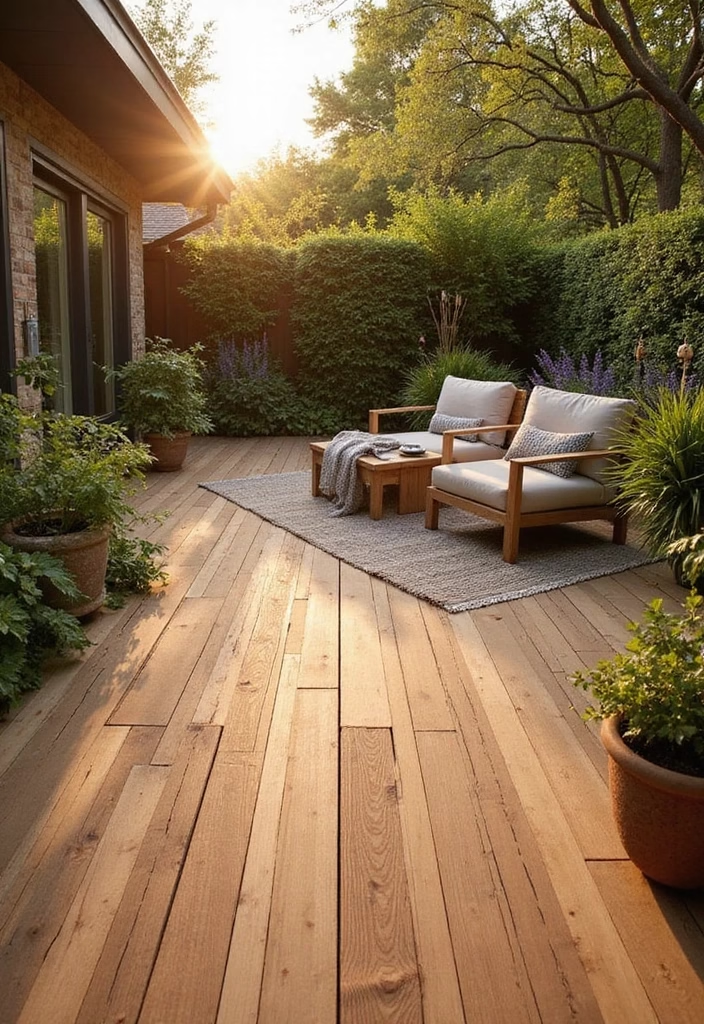
Bamboo decking is an increasingly popular choice for those seeking a natural and sustainable option. As one of the fastest-growing plants on Earth, bamboo is a renewable resource that boasts impressive strength and durability. Its unique texture and natural beauty provide a warm, organic look that can enhance any outdoor living space.
Bamboo decking is also highly resistant to moisture and pests when properly treated, making it a long-lasting option for decks, patios, and outdoor entertainment areas. Homeowners appreciate its eco-friendly credentials, as bamboo can be harvested without causing harm to the plant, ensuring a sustainable supply.
For a cohesive outdoor aesthetic, consider pairing bamboo decking with natural wood furnishings and lush greenery, creating a tranquil retreat that connects to nature.
3. Sustainability: A Key Consideration

When choosing between composite and bamboo decking, sustainability should be a top priority. Composite decking often contains recycled materials, contributing to waste reduction and promoting a circular economy. Many brands are committed to eco-friendly manufacturing practices, ensuring that their products are as green as possible.
On the other hand, bamboo is celebrated for its rapid growth and renewability, making it a standout option for environmentally conscious homeowners. Unlike traditional hardwood, bamboo can be harvested every few years without depleting resources, which is a significant advantage in the quest for sustainable building materials.
When selecting your eco-friendly decking, look for certifications such as Forest Stewardship Council (FSC) or other eco-labels that verify the sustainability of the materials used. This ensures that your choice is not just beautiful, but also responsible.
4. Design Versatility: Composite vs. Bamboo
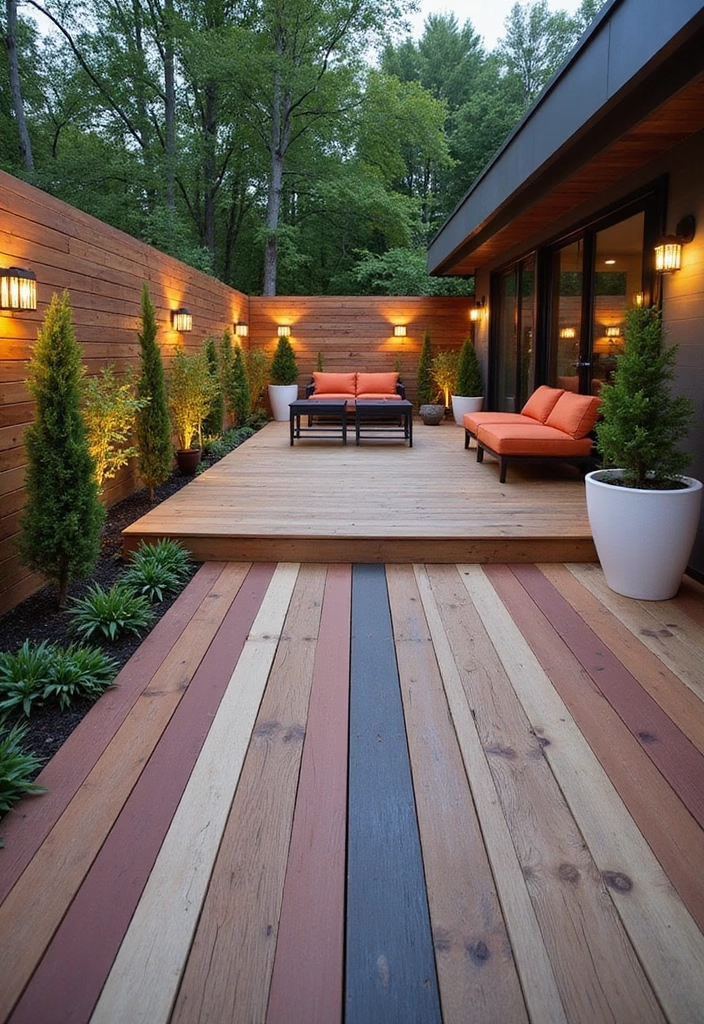
One of the most appealing aspects of both composite and bamboo decking is their design versatility. Composite decking is available in a wide range of colors, textures, and finishes, allowing homeowners to customize their outdoor spaces to match their personal style. Whether you’re aiming for a rustic vibe or a modern aesthetic, composite decking can accommodate any design vision.
Bamboo, too, offers a unique aesthetic with its natural variations and organic feel. It can be used in various applications, from sleek modern decks to charming garden patios. The natural hues of bamboo can complement a variety of outdoor decor styles, making it an attractive option for those who want to create a cohesive outdoor living space.
Consider incorporating both materials into your design for a dynamic look. Use composite for high-traffic areas and bamboo for accents or seating areas, creating a layered and visually interesting environment.
5. Maintenance: Which is Easier?
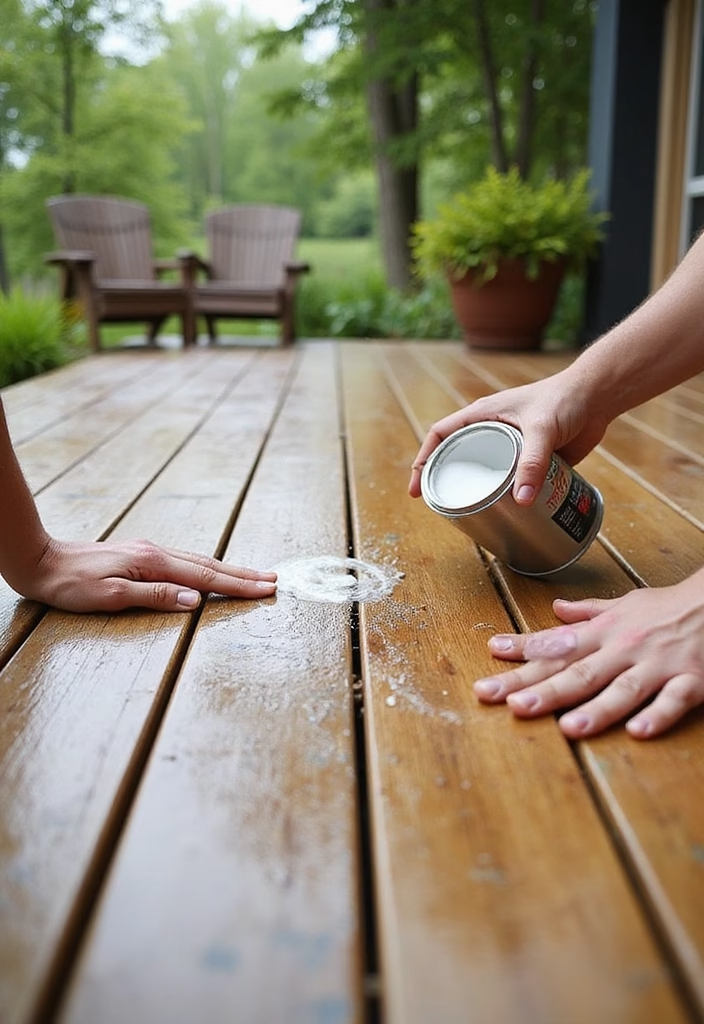
One of the critical factors when considering eco-friendly decking materials is maintenance. Composite decking is designed for low upkeep, requiring only occasional cleaning with soap and water to keep it looking its best. Unlike wood, it does not need regular staining or sealing, making it an excellent choice for busy homeowners who want an attractive deck without the hassle.
Bamboo decking, while also low-maintenance, may require more attention to ensure its longevity. It’s essential to apply a protective sealant to prevent moisture damage and fading from UV exposure. Regular cleaning is also recommended to maintain its appearance and prevent mold growth. However, with proper care, bamboo can last many years and maintain its natural beauty.
Ultimately, the ease of maintenance will depend on your lifestyle and how much time you’re willing to invest in the upkeep of your outdoor space.
6. Cost Considerations: Budgeting for Your Deck

When planning your eco-friendly decking project, budget is an essential consideration. Composite decking tends to be more expensive upfront due to its manufacturing process and materials. However, the long-term savings on maintenance and replacement costs often make it a worthwhile investment. Moreover, many brands offer warranties, adding peace of mind to your purchase.
Bamboo decking typically has a lower initial cost, making it an attractive option for those on a tighter budget. However, it’s crucial to consider the potential costs of maintenance and protective treatments over time. Weighing the initial investment against long-term performance and durability is essential to finding the right option for your financial situation.
Research different brands and products, comparing not only prices but also the benefits they offer. Consider the overall value rather than just the upfront costs to make a well-informed decision.
7. Climate Considerations: Choosing the Right Material
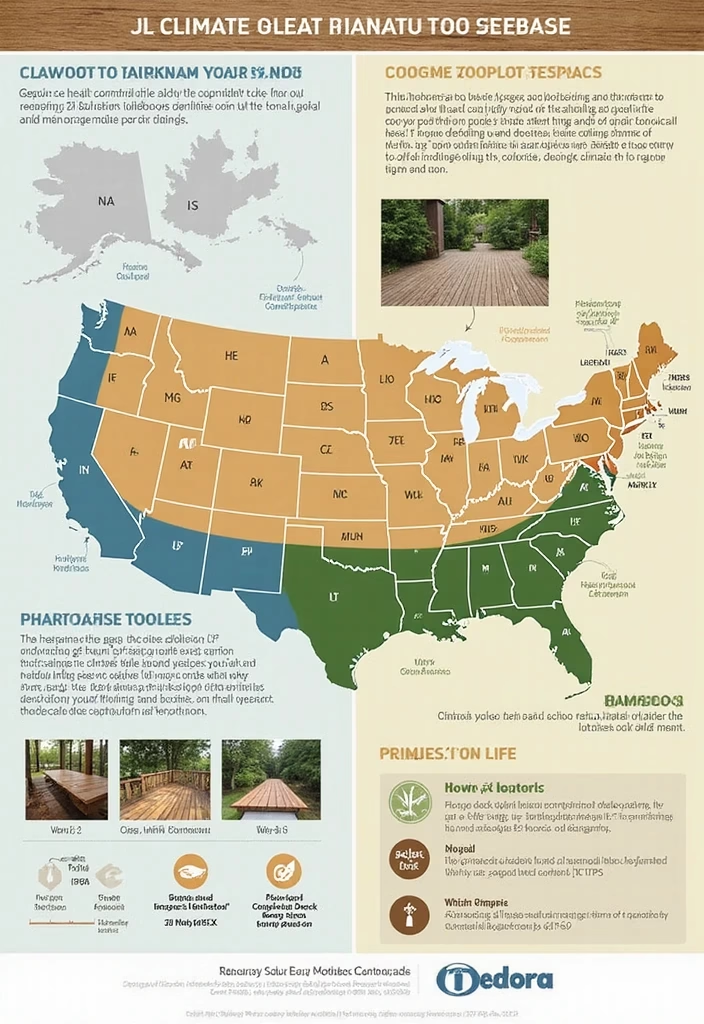
When selecting eco-friendly decking, it’s essential to consider your local climate. Composite decking is highly resistant to moisture, making it an excellent choice for areas with high rainfall or humidity. It won’t warp or swell, ensuring a stable and safe surface for years to come. Additionally, many composite brands have UV protection, preventing fading and deterioration from sun exposure.
Bamboo decking can also perform well in various climates, but it requires proper treatment to withstand moisture and UV rays. Regions with extreme temperature fluctuations may pose a challenge for bamboo, leading to potential cracking or warping if not cared for adequately. Understanding your climate and how each material responds is crucial for ensuring the longevity of your outdoor space.
Consulting local experts or researching climate-specific decking solutions can help you make an informed decision, ensuring your investment stands the test of time.
8. Eco-Friendly Certifications: What to Look For

When selecting eco-friendly decking materials, look for certifications that indicate sustainable practices and responsible sourcing. Certifications like the Forest Stewardship Council (FSC) ensure that the wood used in composite or bamboo decking comes from responsibly managed forests.
Additionally, consider certifications for recycled content. Many composite decking brands proudly display their eco-labels, signifying that their products contain a certain percentage of recycled materials, further reducing the environmental impact. Understanding these certifications can help you make informed choices that align with your sustainability goals.
By selecting certified products, you not only support eco-friendly practices but also gain assurance that your decking will be durable and reliable. Investing in certified materials is a step towards creating a greener outdoor living space.
9. The Future of Eco-Friendly Decking
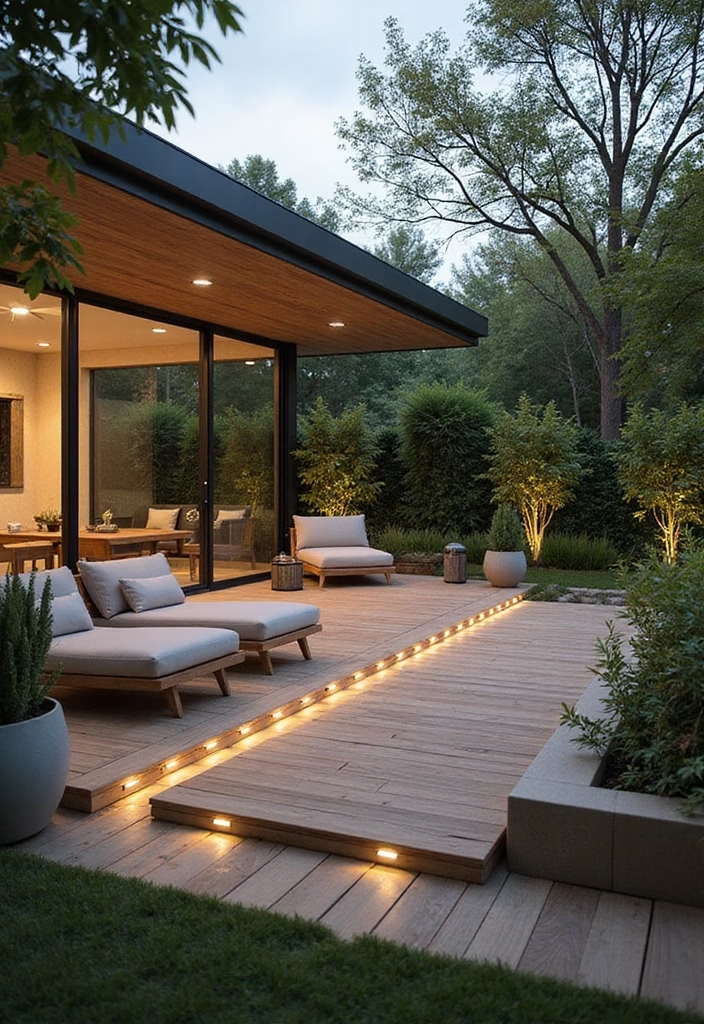
As we continue to prioritize sustainability and eco-friendliness, the future of decking materials looks promising. Innovations in composite technology are leading to even more environmentally friendly options, with brands working to increase the percentage of recycled content and improve manufacturing processes.
Bamboo decking is also evolving, with advancements in treatment methods that enhance its durability and resistance to environmental factors. Homeowners can expect to see more options that combine aesthetics with eco-consciousness, allowing them to create stunning outdoor spaces without compromising their values.
As we approach 2025, the emphasis on sustainable materials will only grow, encouraging manufacturers to invest in eco-friendly practices. Staying informed about these trends will help you make decisions that benefit both your home and the planet.
10. Local Sourcing: Supporting Your Community

Choosing locally sourced materials for your eco-friendly decking not only reduces your carbon footprint but also supports your local economy. Many regions now offer composite and bamboo decking products made from local resources, allowing you to contribute to your community while enhancing your outdoor space.
Local sourcing often means better quality control and less environmental impact due to reduced transportation. Additionally, local suppliers may have a better understanding of regional climate considerations and can provide tailored advice on the best decking options for your area.
When planning your decking project, take the time to research local suppliers and explore their offerings. Investing in local materials is a win-win for both your home and your community.
11. Enhancing Outdoor Livability: Decking Additions

Once you’ve selected your eco-friendly decking, consider how to enhance your outdoor livability with thoughtful additions. Features like built-in seating, planters, and lighting can transform your deck into a cozy retreat. Adding outdoor rugs or decorative cushions can further enhance comfort and style.
Consider incorporating natural elements such as stone or wood accents to complement the decking materials. These features can create a seamless transition between your indoor and outdoor spaces, making your deck feel like an extension of your home.
Utilizing multi-functional furniture can maximize space and usability, allowing for gatherings and relaxation in a stylish setting. Personalizing your outdoor area with unique decor can also reflect your personality, making it truly your own.
12. DIY vs. Professional Installation: Pros and Cons

When embarking on your eco-friendly decking project, one of the critical decisions to make is whether to tackle it yourself or hire professionals. DIY installation can save money and allow for personal customization, but it requires careful planning and execution, especially when working with specific materials like composite or bamboo.
On the other hand, professional installation can provide peace of mind and expertise, ensuring that your decking is installed correctly and efficiently. It also allows you to focus on other aspects of your outdoor living area without the stress of managing a project.
Consider your skill level, the complexity of the installation, and your budget when making this decision. Weigh the pros and cons to determine which option aligns best with your vision and circumstances.
13. Seasonal Maintenance Tips for Deck Longevity

To ensure the longevity of your eco-friendly decking, seasonal maintenance is crucial. For composite decking, regular cleaning with a gentle soap solution will keep it looking fresh. In the fall, ensure that leaves and debris are cleared to prevent moisture buildup during the winter months.
Bamboo decking requires a bit more care, especially in areas with heavy rainfall. Applying a protective sealant at the beginning of each season can help shield it from the elements. Additionally, regular inspections for signs of wear can help catch any issues early, ensuring your deck remains beautiful and functional for years.
Creating a seasonal maintenance checklist can help you stay on top of tasks and protect your investment. By dedicating a little time each season, you can enjoy your eco-friendly decking for many years to come.
14. Creating a Cohesive Outdoor Aesthetic
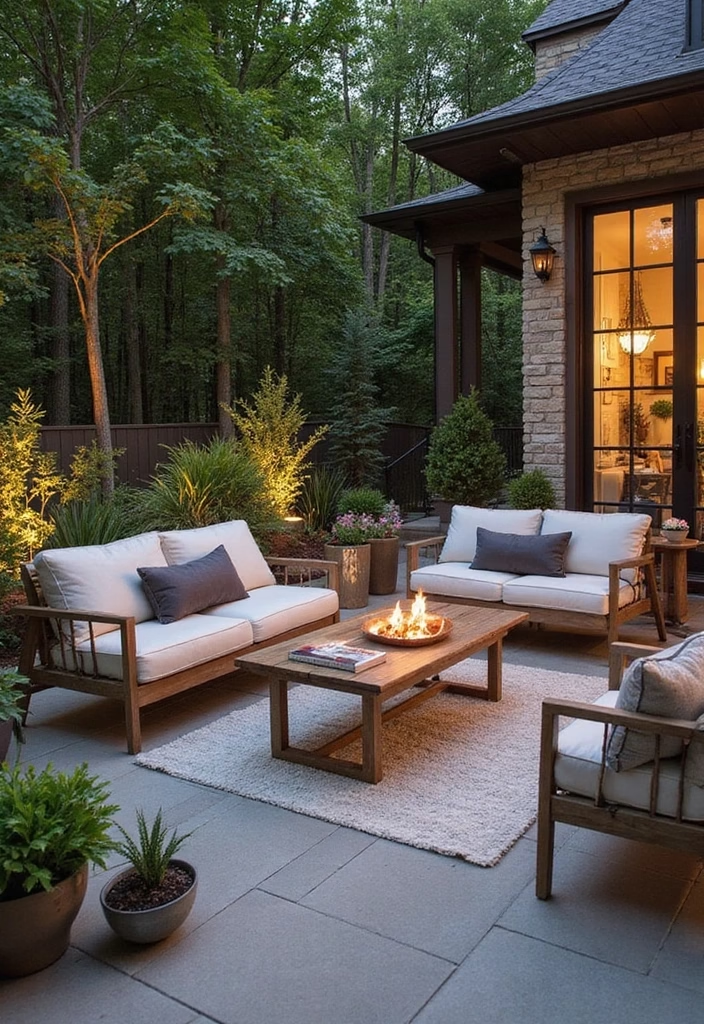
Achieving a cohesive outdoor aesthetic is essential for an inviting and stylish space. Start by selecting complementary colors and materials for your furniture, decor, and landscaping. Whether you choose bamboo or composite decking, your outdoor elements should work harmoniously to create a unified look.
Incorporate textures and patterns that enhance the natural beauty of your decking. For instance, if you select bamboo, consider adding natural wood accents and earth-toned decor to echo its organic feel. If you opt for composite, select modern furniture pieces that reflect its sleek design.
Additionally, consider the use of lighting to create ambiance and highlight the features of your outdoor space. String lights, lanterns, and solar-powered fixtures can enhance the atmosphere and make your outdoor area usable day or night.
15. Personalizing Your Deck: Unique Decor Ideas
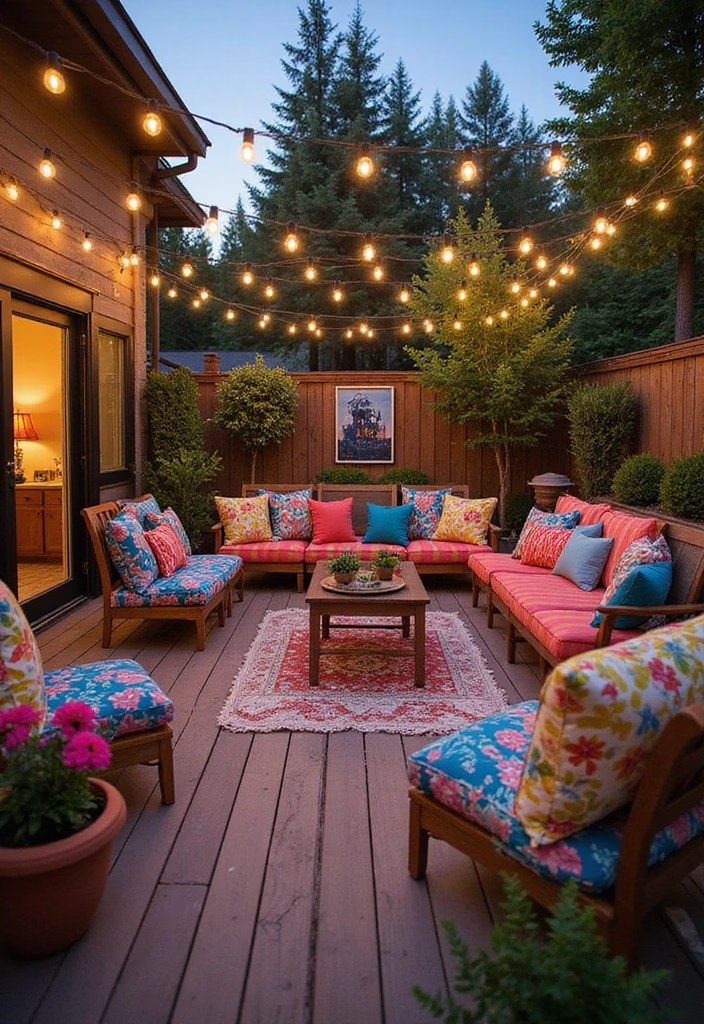
Once your eco-friendly decking is installed, it’s time to infuse your personality into the space with unique decor ideas. Consider adding custom artwork or personalized signage to create a welcoming ambiance. Incorporate your favorite colors through cushions, rugs, and accessories to make the space feel like your own.
Incorporating outdoor games or recreational items can also enhance the livability of your deck, making it a fun spot for gatherings with family and friends. Use planters filled with your favorite flowers or herbs to add color and greenery, creating a vibrant and inviting atmosphere.
Ultimately, your outdoor space should reflect your style and preferences, providing a comfortable retreat for relaxation and entertainment.
Conclusion: Your Eco-Friendly Decking Journey Awaits

Choosing between composite and bamboo for your eco-friendly decking is an exciting journey that allows you to enhance your outdoor living space sustainably. Both materials offer unique benefits and aesthetic appeal, ensuring that your deck will be a beautiful and functional addition to your home.
As you embark on this journey, consider the various factors we’ve discussed, from sustainability and design versatility to maintenance and cost. With the right choices, your outdoor area can become a serene retreat, perfect for relaxation and gatherings.
We invite you to share your thoughts, experiences, and questions in the comments below as you plan your eco-friendly decking project!


